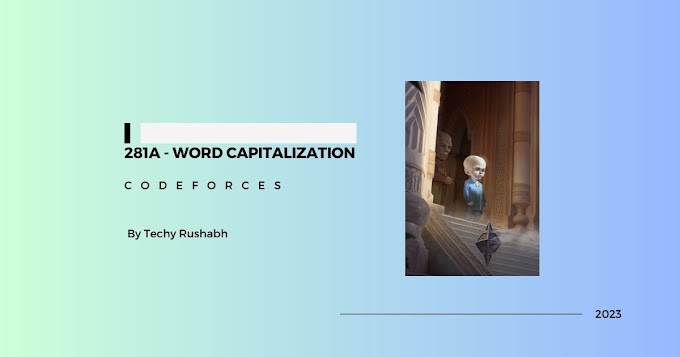Introduction
The world of AI is moving at warp speed, and Anthropic is pushing the boundaries with its latest innovation: Clawed 3.5 Sonnet. This isn't just another AI model; it's designed to interact with your computer in a way previously confined to science fiction. Imagine an AI that can see your screen, move your mouse, click buttons, and even type for you. While still in its early stages, the potential implications of this technology are massive. Let's dive into what Clawed 3.5 Sonnet is all about and what it could mean for the future of AI.
The Vision: AI as a Digital Assistant
Anthropic has been hinting at this capability for some time, with the goal of creating AI that can handle everyday tasks automatically. Think responding to emails, conducting research, or even managing back-office operations with minimal human intervention. This vision is part of Anthropic's broader ambition to develop "next-gen algorithms for AI self-teaching," aiming to automate significant portions of the economy. Clawed 3.5 Sonnet, with its new "computer use" feature, represents a significant step towards realizing this vision.
Clawed 3.5 Sonnet: How It Works (and Its Limitations)
The headline feature of Clawed 3.5 Sonnet is its ability to interact with desktop applications. This capability is currently in open beta, inviting developers to explore its potential. Clawed can take screenshots of your screen and use that visual information to control the cursor, click buttons, and input text. It's essentially mimicking human interaction with a computer, but powered by AI.
However, it's important to manage expectations. Anthropic admits that this "computer use" feature is still somewhat cumbersome. It can be slow, prone to errors, and may occasionally miss basic actions like scrolling or zooming. So, while the potential is there, Clawed 3.5 Sonnet isn't ready to completely replace a human at the keyboard just yet.
Why This Matters: A Leap Towards AI Agents
The significance of Clawed 3.5 Sonnet lies in its ability to attempt to control a computer. This represents a major leap forward in AI development. While AI tools like Microsoft's Copilot and OpenAI's ChatGPT desktop app can offer suggestions based on your screen, Clawed takes it a step further by actively controlling your computer.
Anthropic's ambition is to create an AI capable of handling any task you can throw at it, from filling out forms to automating complex, multi-step workflows. This aligns with the broader industry trend towards creating "AI agents," software designed to automate various tasks on your behalf. A Capgemini survey indicated that 10% of organizations are already using AI agents, and a further 82% plan to integrate them within the next three years. Companies like Salesforce and OpenAI are also heavily invested in this technology.
Anthropic differentiates itself with its "action execution layer," breaking down tasks into smaller actions like cursor movements and button clicks. Companies like Canva and Replet are already exploring how Clawed can be used to enhance design and development processes. For example, Replet is testing an autonomous verifier that checks apps during development.
Performance and Safety Considerations
Clawed 3.5 Sonnet demonstrates impressive coding performance. On the SWEBench Verified benchmark, it scored 49%, a significant improvement from its previous score of 33.4% and even surpassing OpenAI's O1 Preview. On the TauBench benchmark, it improved its performance in tool use, reaching 69.2% in the retail domain and 46.0% in the airline domain.
However, real-world performance still has room for improvement. During tests involving flight reservation modifications, Clawed only succeeded in about half of the tasks. Similarly, it failed in approximately one-third of tests involving initiating returns.
The ability of an AI to control a computer naturally raises safety concerns. Anthropic acknowledges these risks and has implemented precautions such as avoiding training on user screenshots and restricting web access during training. They've also built classifiers to prevent Clawed from engaging in risky activities like posting on social media or interacting with government websites. Anthropic is collaborating with organizations like the USAI Safety Institute and the UK Safety Institute to rigorously test these models. They are also monitoring Clawed's involvement in election-related activities and are prepared to restrict access to specific websites to combat spam, fraud, and misinformation.
Looking Ahead: Clawed 3.5 Haiku and the Future of AI Control
Anthropic is already developing a cheaper and faster version of Clawed, known as Clawed 3.5 Haiku, scheduled for release later this month. Despite being a budget-friendly option, it's designed to match the performance of the larger Clawed 3 Opus model on many benchmarks. Clawed 3.5 Haiku will initially be available as a text-only model, with image support planned for a later release. It excels at tasks like analyzing large datasets, such as purchase history and pricing records. Impressively, Clawed 3.5 Haiku achieves a score of 40.6% on the Stud to UE Bench Verified, surpassing the original Clawed 3.5 Sonnet and many other advanced models.
Conclusion
Anthropic's Clawed 3.5 Sonnet represents a significant step towards AI that can actively interact with and control computers. While still in its early stages and with limitations, its potential to revolutionize how we interact with technology is undeniable. As the technology matures and safety measures are refined, we can expect to see even more impressive developments in the coming months. The future of AI control is here, and it's evolving rapidly.




0 Comments